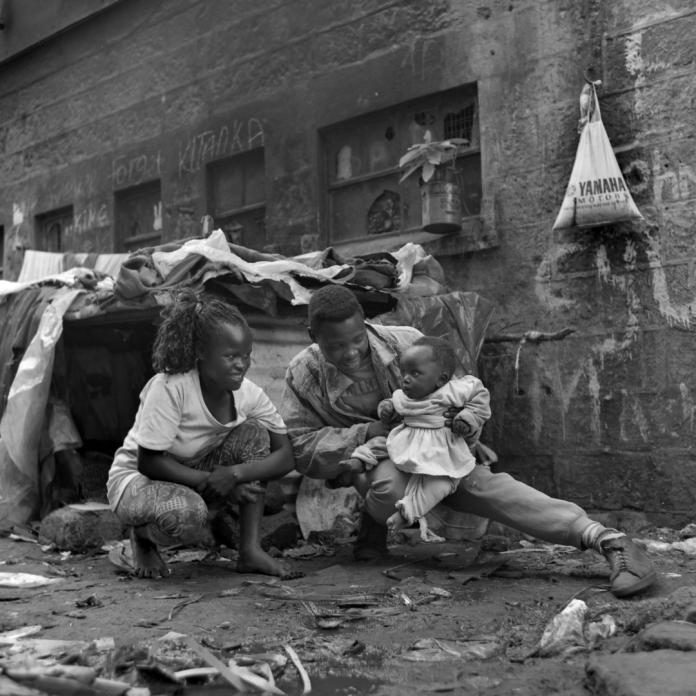We are often asked: Who are the street children of Kenya—and why are there so many? At Home of Peace, we know the answer all too well. Many of the children now in our care were once part of this invisible population, living—and too often dying—on the streets of Kenya’s cities.
To explore this pressing crisis, we asked Microsoft Copilot to research and write a summary. But even with AI precision, one question lingers: Why is such a tragedy still unfolding in 2025?
A Crisis Hidden in Plain Sight
Kenya’s reputation for natural beauty and cultural richness often masks a more sobering reality: tens of thousands of children, from Nairobi’s alleyways to Mombasa’s dusty streets, are surviving without homes, protection, or a future. They are known simply as “street children.” But what does that label truly mean—and why do we keep using it like a footnote?
What Drives Children to the Streets?
The reasons are complex, but disturbingly familiar:
- Poverty: For families living far below the poverty line, sending a child to beg may feel like a painful necessity rather than a choice.
- Domestic Breakdown: For some children, the streets offer more safety than the violence or neglect they face at home.
- Orphanhood: With over a million Kenyan children orphaned by HIV/AIDS, many fall through the cracks of already strained support systems.
- Urbanization: Rapid, unmanaged urban growth has created informal settlements where survival trumps education, safety, or opportunity.
But these are not just statistics. These are children with names and faces, often overlooked or criminalized instead of helped.
Life on the Streets: Survival or Slow Death?
Life on the streets is not an adventure. It’s a constant battle:
- Hunger and Illness: Malnutrition is rampant. So are infections, wounds left untreated, and diseases that could be cured with a simple clinic visit—if only they had access.
- Addiction: Many turn to inhalants to suppress hunger or dull trauma. Who failed them first: their families, the system—or society itself?
- Violence and Exploitation: From police beatings to sexual abuse, the streets offer no safe place—especially for girls.
- No Education, No Future: With no path back to school, how can these children escape the cycle they were born—or forced—into?
What’s Being Done—and Is It Enough?
Government interventions are often touted, but the scale and sincerity are still questioned. Meanwhile, smaller organizations like Home of Peace, supported by TLC Children’s Trust, are doing what they can—child by child, meal by meal.
At Home of Peace, the goal is not just rescue but rehabilitation:
- A safe home, far from the violence of the streets.
- Nutritious meals—sometimes a child’s first in weeks.
- Education, to restore both dignity and potential.
- Healthcare for wounds seen and unseen.
- Counselling, because trauma doesn’t vanish with shelter.
- Life skills to prepare children for adulthood, not just survival.
- Social reintegration, because children need community to thrive—not just protection to survive.
The Bigger Question
Kenya is not a poor country without hope. It is a country with rich potential and deep resources. So why, year after year, does the crisis of street children persist? Where is the political will? Where is the public outrage?
And most importantly: Why have we accepted this as normal?



